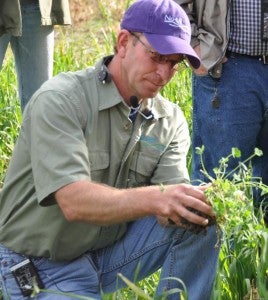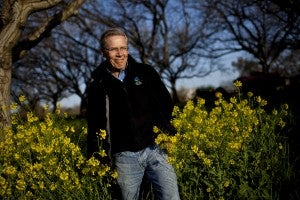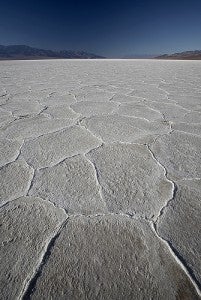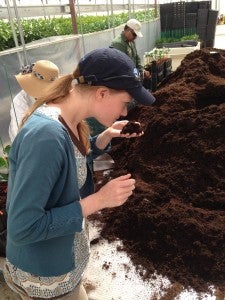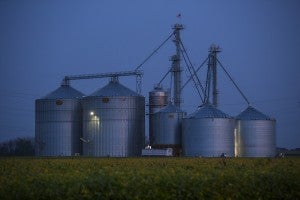 In 2015, U.S. agriculture proved to be a willing and powerful partner in the path to sustainability. We’ve seen farmers, ranchers and food companies make major headway in reducing greenhouse gas emissions, improving soil health, restoring habitat for at-risk wildlife and protecting freshwater supplies.
In 2015, U.S. agriculture proved to be a willing and powerful partner in the path to sustainability. We’ve seen farmers, ranchers and food companies make major headway in reducing greenhouse gas emissions, improving soil health, restoring habitat for at-risk wildlife and protecting freshwater supplies.
Here are some of this year’s highlights:
- Approval of the first carbon offset protocol for crops in a cap-and-trade market (for U.S. rice growers), followed by approval of a grasslands protocol and a huge investment from USDA to develop a fertilizer protocol. These protocols reward farmers for conservation measures that reduce emissions and offer businesses new opportunities to offset the environmental impacts from their operations.
- Launch of the innovative SUSTAIN platform throughout the United Suppliers agricultural retailer network. SUSTAIN, developed in coordination with EDF, trains ag retailers in best practices for sustainable farming and aims to enroll 10 million acres in the program by 2020. So far, over 300 sales representatives in Iowa, Illinois, Wisconsin, Minnesota, South Dakota, Nebraska, Kansas, and Ohio have attended training. And food companies interested in making SUSTAIN a feature of their sustainable sourcing work include Campbell’s, Unilever, Kellogg’s, General Mills, and Smithfield.
- A “not warranted” listing decision for sage-grouse under the Endangered Species Act, due in large part to ranchers’ commitments to develop and implement conservation solutions for the bird. Habitat exchanges – a solution developed by EDF and partners in agriculture and industry – are now available in Colorado, Nevada and Wyoming for landowners to earn new revenue for protecting and enhancing greater sage-grouse habitat.
- Release of Colorado’s first-ever water plan to ensure the health and vitality of the state’s streams, rivers, communities and wildlife – without harming farmers. The plan addresses development of financial mechanisms to incentivize participation in alternative water transfer mechanisms and subsidize agricultural water system optimization. This innovative water planning can now be a model for other water-stressed communities.
So what lies ahead for 2016? We asked our experts to share their thoughts and wishes for the New Year. Read More
